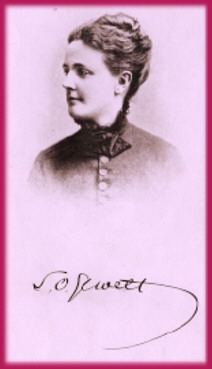Short Story Wordle
All short stories have some common elements. Short stories used to be written as forms of mass entertainment and were reproduced in publications such as newspapers and magazines. The genre of short story enjoys less popularity than it once had. For a brief chronology of the history of this genre please follow this link.
Nonetheless, there are still many wonderful short stories written today. Classic short stories are abundant on the Web. If your taste prefers the good old American story, try an American short story web site. (Please read at your own discretion, none of these Web-based short stories are required for the class.)
Elements of Short Story
Short stories usually contain these fundamental components: plot, setting, characters, theme, point of view as well as good writing.
A plot of a short story contains sub-components such as crisis, conflict, and resolution. A crisis "sets up" the story and enables all conflict to occur. Conflict portrays either a struggle between opposing forces or a problem to be solved. Conflicts may occur between people, nature, machines. The resolution or denouement is how the conflict is solved.
The setting is comprised of the time and the location of the short story.
The characters are the "actors" in the story. An author may choose to reveal the characters in chiefly two ways. Direct characterization involves the author explicitly telling the reader about the character, such as, "Helen is intelligent." Indirect characterization involves the author revealing the character though the character's actions and words, such as, "Helen refused to let the problem get the best of her, so she investigated ways to circumvent the obstacle." Most authors use a combination of both direct and indirect characterization.
The theme of a story is the central principle around which the story and character revolves. Longer short stories and novel will have multiple themes. However, most short stories develop one or perhaps two themes. Some have suggested that the theme may be described as the 'lesson to be learned;" however, it is best to describe it as the "main idea" or the guiding principle of the story.
The point-of-view describes the reference point of the story. How does the author choose to reveal the story? Through the eyes of the main character or through a bystander? There are usually three points of view - any short short will utilize only one. A first person point of view reveals the thoughts of the main character and involves the use of first person pronouns by the main character, such as, "I was afraid when I faced the dragon, but I wasn't sure of how Sue felt." The third person limited view reveals the thought of the main character but from an outsider's perspective, such as, "Bob was afraid when he faced the dragon, while Sue remained inscrutable." The third person omniscient view reveals the thoughts of any character the author chooses, such as, "Bob was afraid of the dragon as well as Sue, but she had the presence of mind not to show her fear."
Good short story writing will include engaging dialogue, sensory descriptions, vivid action, as well as a tightly woven narrative.

A favorite short story writer,
Sarah Orne Jewett.
See especially the story A White
Heron.